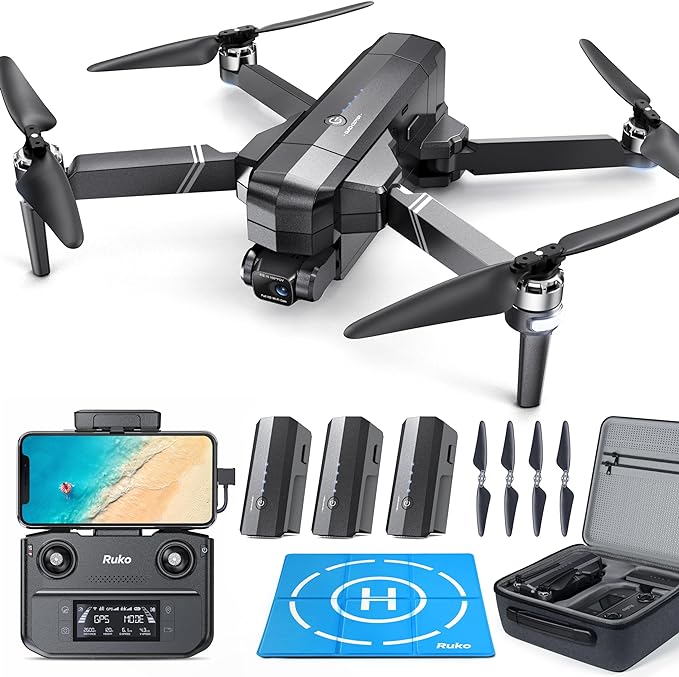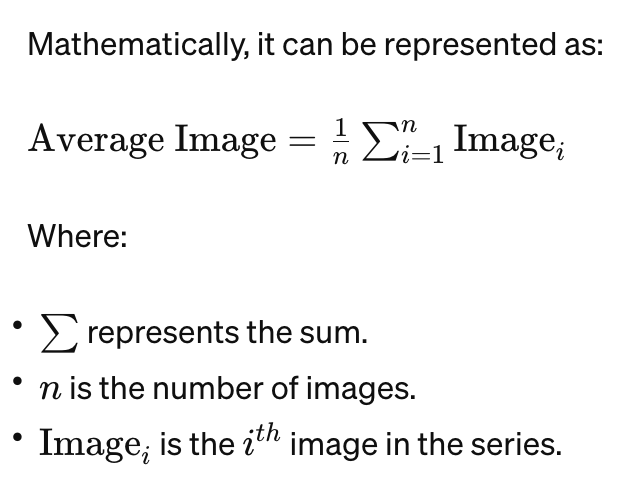
Keep your Canon lenses spotless with this all-in-one kit — includes brush pen, air blower, and microfiber cloths.
👉 Check it out on Amazon
Photography, an art that began with chemical reactions on paper, has experienced multiple revolutions. Today, technology and modern lifestyles drive these changes, altering how we perceive, capture, and share images. This dynamic evolution is reshaping photography in exciting ways, from the tools we use to the subjects that captivate our audiences.
1. The Dawn of Smartphone Photography
No discussion on modern photography is complete without acknowledging smartphones. These devices brought high-quality cameras to our pockets, democratizing photography in unprecedented ways. With apps like Instagram and Snapchat, everyday users became photographers, curators, and consumers of visual content.
Example: The iPhone's "Shot on iPhone" campaign showcases the extraordinary capabilities of smartphone cameras, featuring images that rival those taken with professional equipment.
2. Drones: A New Perspective
Drones have opened up a whole new world of angles and perspectives. Once unreachable vistas or large-scale landscape shots are now easily achievable. This bird's eye view has redefined the way we document places and events.
Example: Drones have revolutionized travel photography. Places like Iceland’s vast terrains or Dubai’s towering skyscrapers are being captured from angles that were once impossible.
3. Augmented Reality (AR) & Virtual Reality (VR)
AR and VR are blurring the lines between the real and virtual worlds. Snapchat’s AR lenses or Instagram filters transform ordinary selfies into creative masterpieces. On the other hand, VR photography creates immersive 360-degree experiences, transporting viewers to different realms.
Example: National Geographic's VR transports viewers to places like the peaks of Mount Everest or the depths of the ocean, providing an immersive photographic experience.
4. The Age of Influencers and Content Creators
Today's modern lifestyles, especially among Gen Z and millennials, emphasize personal branding. Many have transformed their lives into visual narratives, curating images that reflect their personal journey, interests, and aspirations. This has cultivated a unique photographic style, characterized by personal aesthetics and storytelling.
Example: Travel influencers like @doyoutravel and @gypsea_lust on Instagram, curate their feed with a distinctive color palette and theme, weaving a visual narrative of their globetrotting adventures.
5. The Fast-paced World of TikTok and Short Videos
Platforms like TikTok have underscored the importance of short, impactful visual content. While traditionally not "photography," these videos underscore the convergence of stills and motion in storytelling.
Example: Creative trends on TikTok, such as the "freeze-frame" trend, blend photography's static nature with dynamic video elements, presenting a unique form of visual storytelling.
6. Computational Photography
Modern cameras, especially smartphones, use computational photography to enhance image quality. Features like Night mode or Portrait mode leverage algorithms to process multiple images, enhancing details, and refining the outcome. For example, the Average Image Stacking Algorithm involves a simple mathematical operation, which is the calculation of the average pixel value for each pixel location in the final stacked image. The equation for this algorithm can be represented as follows:

For example, Google Pixel’s “Astrophotography Mode” allows users to capture stunning images of the night sky, a feat previously reserved for specialized equipment. Likewise, Apple's iOS Camera app has a feature called "Night mode." Night mode uses computational photography techniques, including image stacking, to capture better low-light photos. It's designed to automatically activate when the camera detects low-light conditions, such as at night or in dimly lit environments. This mode takes a series of images, aligns and stacks them to reduce noise, and enhances the final result to create well-exposed and detailed low-light photos.
7. The Quest for Authenticity
Amidst the highly curated content, there’s a growing demand for real, unfiltered moments. Authenticity has become a cherished value, with audiences seeking genuine connections and stories.
Example: The #nofilter movement on social media platforms celebrates images in their raw, unedited form, emphasizing real beauty and moments.
8. Sustainable Photography
As modern lifestyles become more eco-conscious, photographers are capturing the essence of sustainability, from the majesty of renewable energy structures to the simplicity of minimalistic living.
Example: Photographers like Chris Burkard have emphasized the importance of nature conservation through their captivating images of the wild, urging viewers to respect and preserve our environment.
9. Vlogging - The Personal Touch to Storytelling
In an age where personal narratives dominate, vlogging has emerged as a powerhouse in digital content creation. Vloggers, with their cameras in hand or mounted on tripods, take viewers through their day-to-day lives, travels, challenges, and adventures. Unlike traditional photography or video creation, vlogs are often raw, personal, and immediate. They provide an inside look into the lives of individuals, making them relatable and authentic.
Example: Casey Neistat, a renowned YouTuber, transformed vlogging with his unique style. His videos, a mix of fast-paced city shots, drone footage, and personal narratives, set a new standard for vlog content. He not only captures moments but tells compelling stories, making his audience feel like they're right beside him on his adventures.
Conclusion
In today's ever-evolving world, photography, once rooted in chemical processes on paper, is undergoing a remarkable transformation shaped by technology and modern lifestyles. This evolution is fundamentally changing the way we perceive, capture, and share images. From the accessibility of high-quality smartphone cameras and the democratization of photography to the soaring perspectives offered by drones, the convergence of reality and virtual realms through AR and VR, and the rise of influencers and content creators who infuse their personal journeys into visual narratives, photography is continuously adapting to our dynamic existence. Furthermore, the fast-paced world of platforms like TikTok emphasizes the fusion of stills and motion in storytelling, while computational photography, such as Google's "Astrophotography Mode" and Apple's "Night mode," showcases how algorithms enhance image quality. As the demand for authenticity and sustainability grows, photography serves as a medium to reflect values and inspire change. Additionally, vlogging, a popular form of content creation, has a significant connection to dating etiquette, offering insights and lessons in the art of respectful and considerate dating practices. These dynamic shifts in photography and its integration with modern life redefine the art for the digital age, opening new horizons for storytelling and creative expression.
